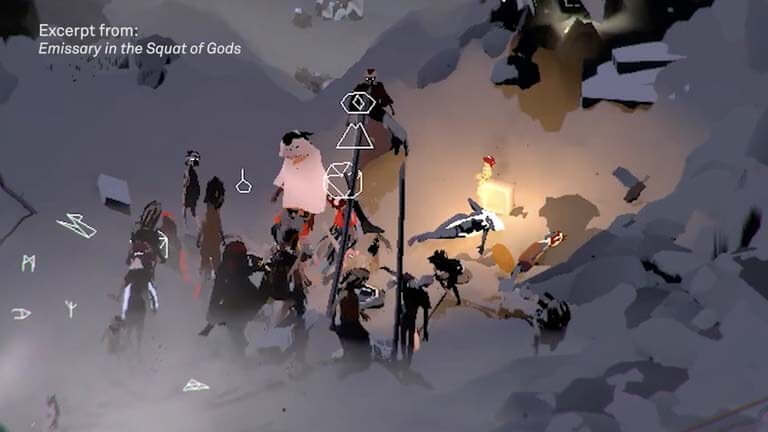SI: Visions | Led by Artists Down an Internet Rabbit Hole | The New York Times
Dec 18 2017

By Daniel McDermon
Every art organization wants to get visitors in the door, but that’s not enough. Museums and galleries increasingly seek to connect with audiences well beyond their walls — leading them to grapple for attention on Facebook and YouTube, wherever eyeballs can be reached.
That’s one reason the Swiss Institute, a fixture of New York’s contemporary art scene for decades, began producing SI: Visions, an online video series of short documentaries, now in its second season. The institute’s director, Simon Castets, and the curator, Laura McLean-Ferris, also wanted the videos to be distinctive. Specifically, Ms. McLean-Ferris said, they wanted to share “the experience that we often have in studio visits, talking to artists.”
Each episode — they average around five minutes — takes a narrow focus that arises from a lengthy conversation with the subject. It’s a guided journey down a rabbit hole.
“The idea was to try and see through the artist’s eyes,” Ms. McLean-Ferris said.
So rather than seeing a straightforward recitation of an artist’s biography, viewers can engage with the ideas that most inspired an individual project. And because the artists are creative partners in the series, it is also a chance for them to discuss lesser-known aspects of their work.
The art of Ian Cheng, for example, is commonly described in relation to video games, a clear influence. But the SI: Visions episode about him touches only lightly on that connection and on Mr. Cheng’s career, which includes a solo exhibition earlier this year at MoMA PS1. Instead, viewers go on a short but heady intellectual journey, narrated by Mr. Cheng, who discusses improv theater and the esoteric theories of the psychologist Julian Jaynes.
Jaynes, Mr. Cheng said, posits that ancient people weren’t conscious in the way that modern humans are. “You and I hear an internal voice and we perceive it to be a voice that comes from us,” Mr. Cheng says in the video. But Jaynes argued that those voices might well have been perceived as other people.
In that theory, Mr. Cheng explained in an interview, “The mind is actually composed of many sub-people inside of you, and any one of those people is getting the spotlight at any given time.” It’s a model of consciousness that is echoed in the film “Inside Out,” in which an adolescent girl’s mind comprises five different characters.
This conception of consciousness and motivation helped him build out the triad of digital simulations that were shown at MoMA PS1. In those works, Mr. Cheng created characters and landscapes, but the narrative that unfolds is beyond his control. He has referred to them as “video games that play themselves.”
Other artists featured in the series so far include Nancy Lupo, who explains how everyday objects like Rubbermaid garbage cans and plastic forks — so ubiquitous that they seem invisible to us — lead her to create elaborate and strangely disorienting installations.
Heman Chong, the subject of a recent installment, shares a diverting monologue about how his routine for writing affects the art he creates. Only one font will do.
At the Whitney Biennial in the spring, Jordan Wolfson provided a virtual-reality view of a brutal assault, which came with a content warning and which sharply divided viewers. In his video for the Swiss Institute, he is seen working on that piece, explaining how every choice he makes is meant to heighten emotional impact.
Installments in Season 2 will include the artists Amy Yao and Rachel Rose.
Another reason for the Swiss Institute to look outward is that it doesn’t have its own exhibition space. The institute is renovating a former bank building at 38 St. Marks Place in the East Village and hopes to open that new home, on the corner of Second Avenue, in May.
In the meantime, it has been presenting gallery exhibitions far afield, from Zurich to New Glarus, Wis., a rural town that describes itself as “America’s Little Switzerland.” The effort has even taken to the skies, where passengers aboard Swiss International Air Lines flights can watch a selection of videos from the Visions series through the end of the year.
“Contemporary art in particular is often seen as being kind of elitist,” Ms. McLean-Ferris said, “and so we wanted to provide an access point of excitement.”
Link below for web version dated 12.13.17
Down an Internet Rabbit Hole With an Artist as Your Guide | The New York Times
